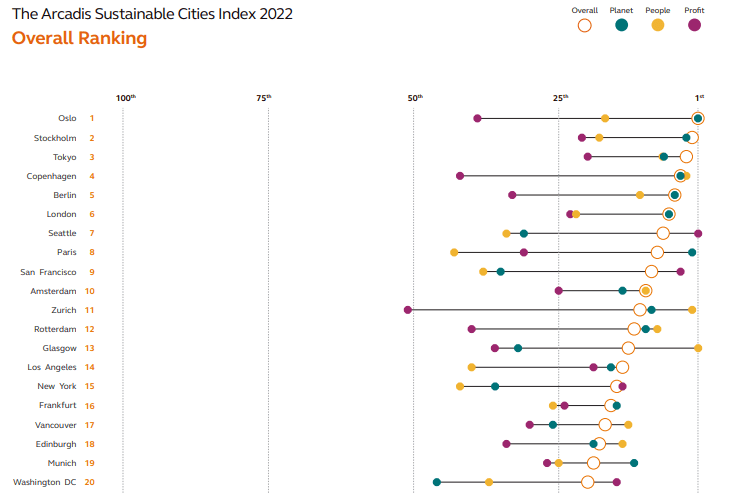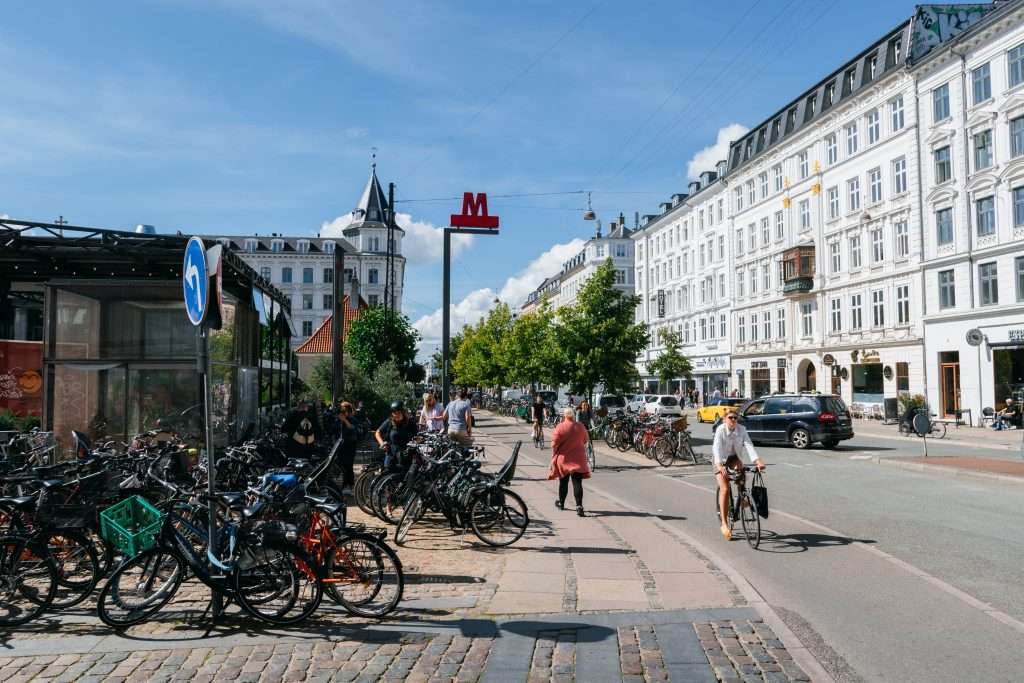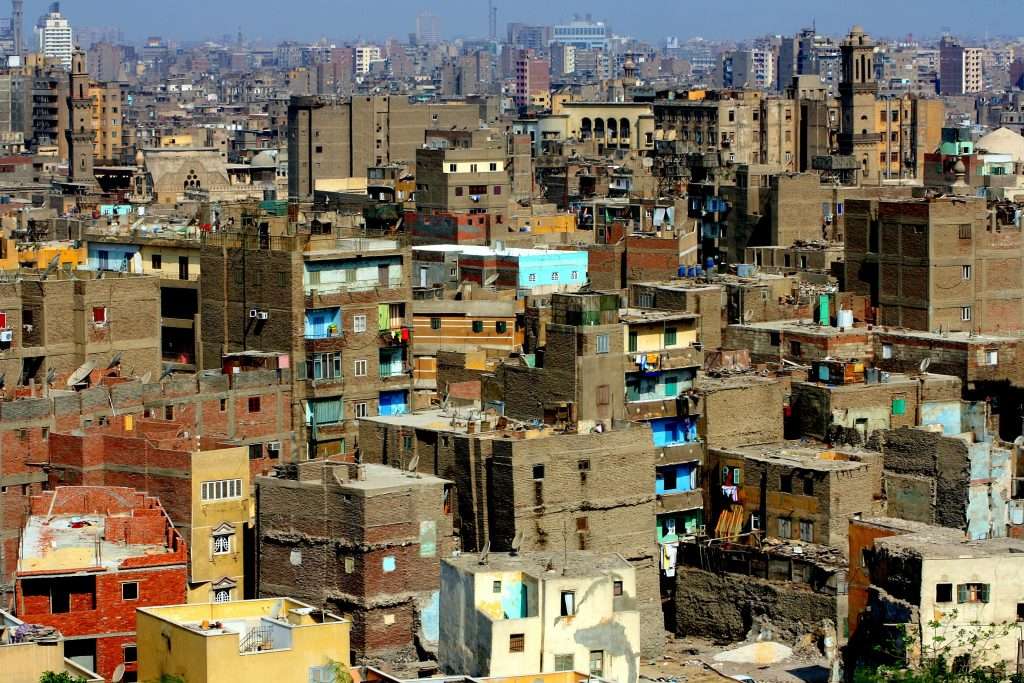Ideas for a sustainable city are top of mind for many countries when it comes to planning for the future. Sustainable cities enhance the economic, socio-cultural, environmental, technological, institutional, and governance structures using strategic guidelines and components (Cepeliauskaite and Stasiskiene 2020). They are resilient to social, economic, and natural shocks and built to be environmentally sustainable. They are also inclusive communities, and competitive in world markets.
However, African cities have ranked poorly in those areas to date. The reasons for this are many and complex. Yet there are several key issues that African cities need to address before implementation of ideas for sustainable cities can have a chance of success.
In this article we look at the cities that are leading the world in sustainability, and what it is that sets them apart. We’ll also highlight the sort of changes needed to improve the global ranking of African cities, and drastically improve their social and economic outcomes.
Examples of Sustainable Cities
According to the Arcadis Sustainable Cities Index, the European cities Oslo, Stockholm, Copenhagen, and Berlin are the most sustainable cities in the world (See Fig.1). This assessment is based on three pillars of environmental, social and economic sustainability.
Cities high up on the index take environmental sustainability issues very seriously. Yet, some of the strongest economies, like Seattle, San Francisco and Washington DC, do not rank in the first five positions. This is presumably because they are not quite as focussed on environmental and social issues as they could be.
Cities in Africa, however, took the lowest ranked positions, performing poorly in every aspect of sustainability. Cairo is the most sustainable African city out of 100 cities under consideration. However, it comes a distant 86th position in the overall global ranking. Cape Town comes in 89th, Nairobi 96th, Johannesburg 97th, Lagos 99th, and Kinshasa 100th. (See Fig 1 below)


Source: The Arcadis Sustainable Cities of the World 2022
The Best Ideas for a Sustainable City
To attain sustainability, cities need to do things differently. New ideas for sustainable cities are being developed all over the world. They are based on the following principles:
Environmental Sustainability
The environment (air, water, land) of sustainable cities is protected from degradation. Cities have transitioned from crude waste handling, such as air incineration and waste dumping, to advanced waste recycling technologies. For example, the US city of San Francisco, has been able to divert about 1.5 million tonnes from landfill and recycles close to 80% of its waste stream.
To be sustainable, city transportation, manufacturing, food, and industrial production must be environmentally-friendly. Sustainable cities are changing from conventional resources to efficient, reliable and low carbon technologies. Green spaces are also conspicuous. For example, the green space within the city of Vienna, Austria, is about 50% of its total land area.
Economic Emancipation
Economic opportunities are equitably and widely distributed in sustainable cities, bridging the gap between rich and poor. Consequently, unemployment rates tend to be low and worker happiness levels exceptionally high.
Seattle and San Francisco, for example, are two cities that have achieved high sustainability rankings as well as thriving economies. Seattle is the 10th largest regional economy in the United States, with a Gross Domestic Product of about $500 billion. Average household income is $80,000, higher than the US national average of $58,000. Furthermore, Seattle’s unemployment rate is only 2.40% (June, 2022). Yet, even with a thriving economy, the city still has an impressive environmental record. Tellingly, up to 60% of Seattle’s generated waste is either recycled or composted.
Socio-Cultural Emancipation
A strong socio-cultural environment exists for citizens in sustainable cities. Individuals can practice their religion, lifestyle, beliefs, and express their values and sexuality without any form of coercion or discrimination. Also, young and old have access to free or affordable quality education.
In addition, the physical and mental health of citizens is a high priority. Sustainable cities provide good quality, accessible health, and recreational facilities. For example, Copenhagen, in Denmark, has a strong focus on people’s social wellbeing. The city’s strategies and policies centre on welfare and quality of life. Currently, Copenhagen is ranked the fourth most sustainable city in the world.
Good Planning and Infrastructure
Physical planning is a key part of the development of sustainable cities. Growth is carefully managed and geared to future population needs. There is also adequate provision for social and infrastructure facilities. Liveability is a priority, and there are measures to prevent inappropriate development and the emergence of slums.
Copenhagen, Amsterdam and Washington DC have implemented highly impressive urban planning regimes.

Smart Cities Trend
An ever-increasing investment in smart technologies encourages the transition into a ‘Smart City’. Technological advancement is used to drive the development of other city components.
A Smart City primarily utilizes innovation, rather than just Information and Communications Technology (ICT). According to Anthopoulos et al. smart city technology harnesses the six dimensions of urban space (mobility, environment, economy, people, government and living). The top three smart sustainable cities in the world are Copenhagen, Oslo and Zurich.
Strong Institutions
Strong institutions are present in sustainable cities, and there are laws, legislation, and a system of governance that holds people accountable. Citizens of whatever social class are rewarded for their good work and punished for any form of criminality. The level of corruption is low and there is observance of equity, fairness and justice.
The Current State of African Cities
Yet, in most African cities, economic, social and environmental sustainability is far from the ideal. A major problem is rapid and unplanned urban migration, as rural dwellers seek better lives within urban centres. As a result, the growth in population of its big cities is exponential. Lagos, the commercial capital of Nigeria, is now the most populated city in Africa with about 24 million inhabitants. Cairo, Egypt, and Kinshasha, in the Democratic Republic of Congo, have populations of 21.3 and 14 million respectively. They are now the second and third most populated cities on the African continent.

In fact, Africa’s urban population is projected to increase by an extra 950 million by 2050. However, the problem of skyrocketing urban population is made much worse by defective institutions, corruption, and an apparent lack of will to make changes.
Poverty and social inequality, a lack of housing, poor infrastructure and social amenities are common features of many African cities. They are also prone to traffic congestion, air pollution, high unemployment and crime rates, and the degradation of ecosystems and green spaces. In addition, inadequate power supply, poor waste management, poor education, congested neighborhoods, and poor sanitation predominate. As a result, livability and life expectancy is very low. For example, the average life expectancy in Oslo, Norway, is around 83 years compared to 55 years in Lagos, Nigeria.
The Solution: Implementing Ideas for A Sustainable City
African cities must first deal with corruption and address the pervasive poverty in its cities. A holistic national development framework is the only way to start building adequate infrastructure and employment opportunities for both rural and urban areas.
This kind of planning may help to stem the current tide of migration to major cities. More importantly, however, the energy needs of some 640 million Africans with no access to power must be met. This is the only way to start addressing the many social and economic problems facing African communities.
Moreover, a conscious and detailed policy framework is essential to manage the environmental, social and economic challenges facing African cities in this century.
The plan should include requirements for:
- An efficient democratic system that produces qualified leadership.
- Open and transparent governance.
- Involvement of citizens in decision making.
- Human capital development.
- Regeneration of ageing districts.
- Equitable and sustainable urban growth.
- Educational and recreational infrastructure advancement.
- Development of smart transportation.
- Development of smart energy grids and metering system.
- Development of efficient public lighting.
- Improvements in smart infrastructure and connected devices.
- Restoration of urban green areas and parks.
Big Ideas for Sustainable Cities in Africa
On top of this long list of improvements, African cities must pay more attention to renewable energy and green development projects. Egypt, and the city of Cairo in particular, is one African country working in this direction. Egyptian strategies for sustainable development include fostering economic resilience with Balanced Inclusive Green Growth (BIGG). BIGG is a government initiative to ensure adequate investment in green projects. The green growth fund forms part of a national structural reform program.

Cities such as Cape Town (South Africa) and Cocody (Cote devoir) are also leading the way in transitioning to renewables. Transportation in Cape Town is beginning to shift from traditional fuel to biofuel and electric vehicles (EV). In Cocody, ethanol-powered cooking stoves are replacing charcoal and other less-efficient fuels in homes.
The more affluent countries in the world must also assist to bring about the change required to build sustainable cities in Africa. The continent is probably the least responsible for the current climate crisis yet is one of the most vulnerable to its effects.
The THRIVE Framework
Global challenges like inequality and climate change are incredibly complex issues. Therefore, sophisticated measurement tools are necessary to implement and measure the success of sustainability strategies. To that end, The THRIVE Framework is a measurement tool that uses machine learning and big data to assess the sustainability performance of large entities like organisations and cities.
The THRIVE Framework examines issues and evaluates potential solutions in relation to an overarching goal of ‘thrivability’ – a state ‘beyond sustainability’. It is about making predictive analyses using modern technology that support environmental and social sustainability transformations.
We recognise that human happiness can sometimes compete with environmental wellbeing, which is why our ciambella chart (below) illustrates a ‘thrivable zone’. This is the area between a ‘social floor’ (the minimum required for people to live happy lives) and an ‘environmental ceiling’ (the maximum damage that we can do to the environment before it becomes unsustainable).

Overlaid on these thrivable zones are visual measurements that show impact – whether something is inside the thrivable zone – or exactly where it falls short.
To learn more about how The THRIVE Project is researching, educating and advocating for a future beyond sustainability, visit our website. You can follow our informative blog and podcast series, as well as find out about our regular live webinars featuring expert guests in the field. Sign up to our newsletter for regular updates.
GOT A QUESTION ON THIS TOPIC?























